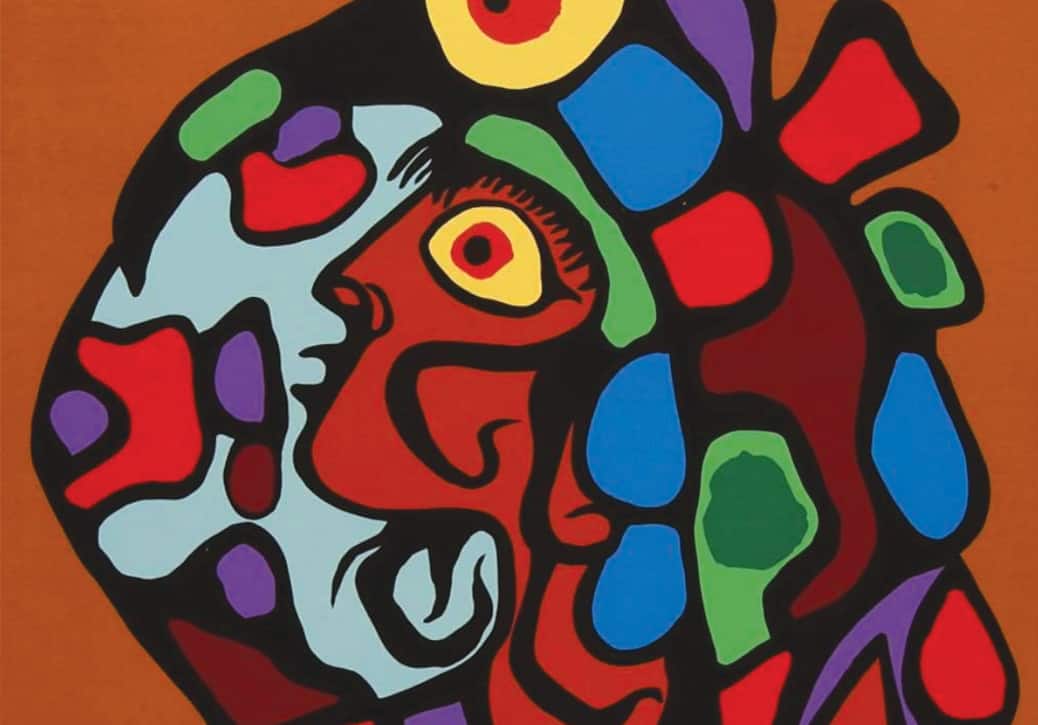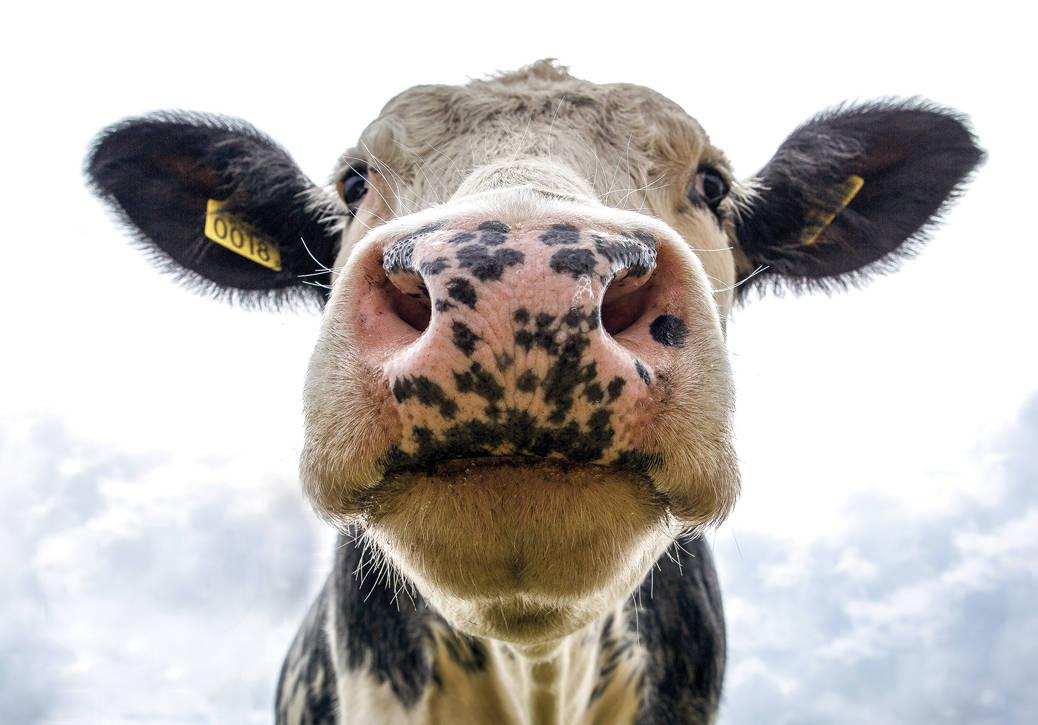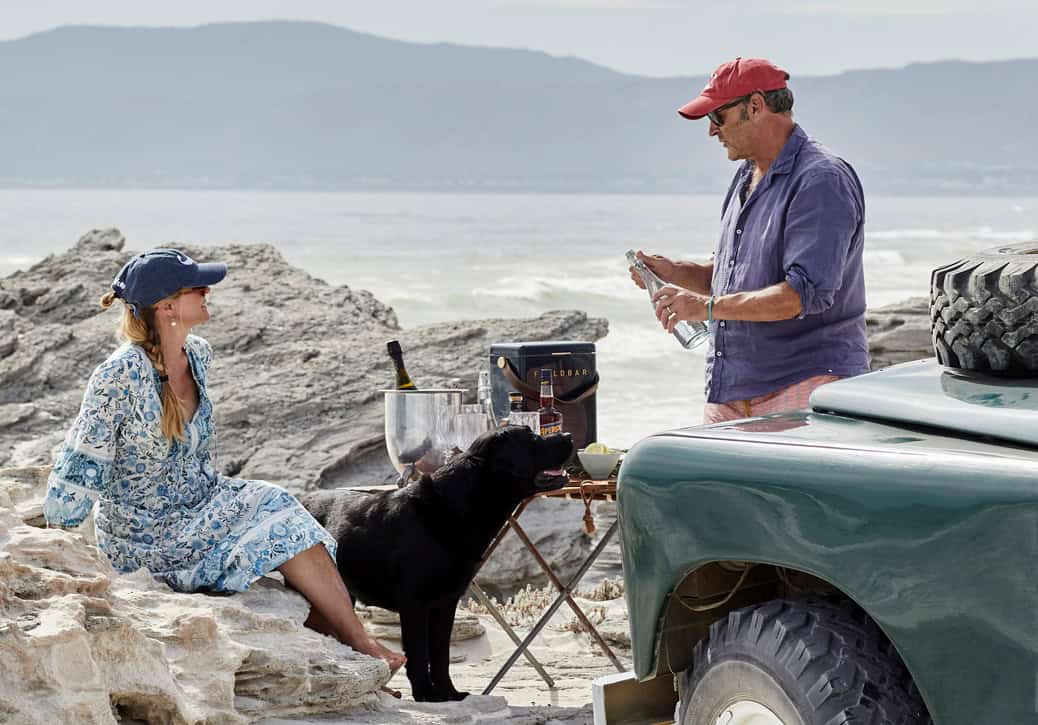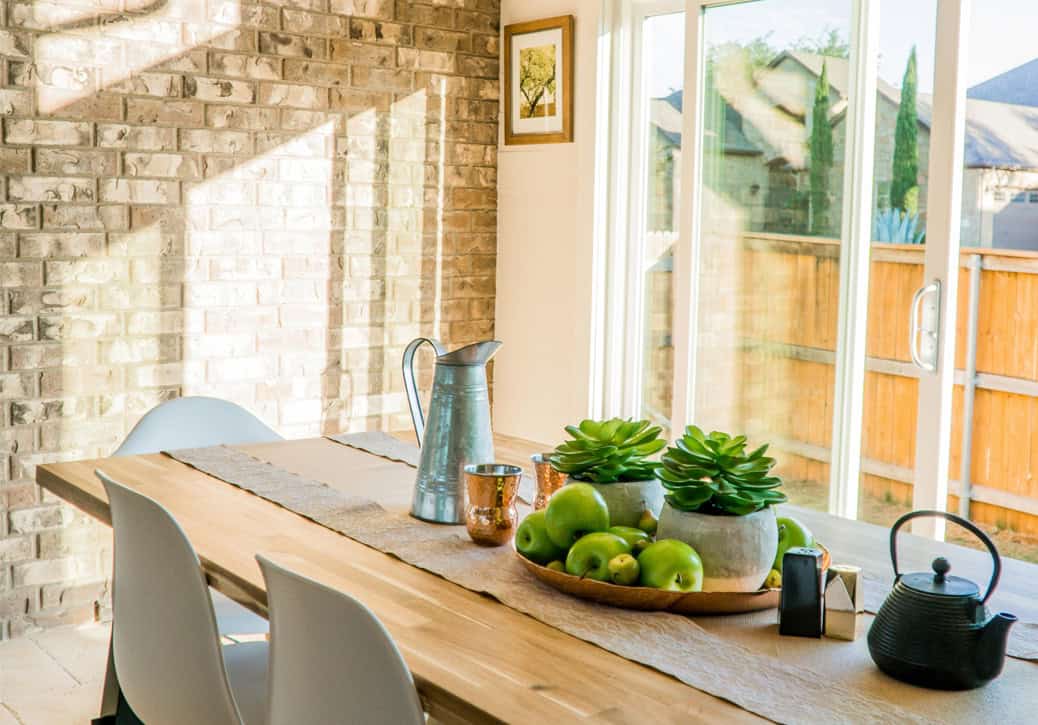Why German scientists got farmer’s cows stoned
When a cow is given hemp, it may not come as a surprise that the result is THC-laced milk and a large farm animal that displays more relaxed behaviours. Think of yawning, frequent salivating, laid back cows with red droopy eyes and cattle who participated in what researchers referred to as “pronounced tongue play.”
The purpose of this livestock experiment that took place in Germany was to find out what would happen when a farmer who usually fed his herd’s traditional corn and hay feed and replaced it with leftover organic matter from the multi-million-dollar industrial hemp business. There was after all 24,000 tons of it hanging around that needed to be disposed of.
The big question…could this newly available organic hemp waste be an innovative new feed source for a rancher or farmer’s ever-hungry herds. Afterall, hemp contains 0.3 percent or lower tetrahydrocannabinal (THC). So, there was a good chance it might work given the significant weight of the cows.
Putting aside the un-cattle-like behaviour after a hemp waste dinner, the milk produced didn’t have too much THC to be considered safe by the European Food Authority for human consumption. However, don’t hold your breath waiting for THC -tinged milk to appear on your grocery store shelves in the near future.
However, there may actually be some merit in having happier, healthier, more relaxed cows.
Source: Popular Science

Belgian supermarkets grow mushrooms on unsold bread
Several Brussels retail food chains are doing its best to save the planet, one leftover loaf at a time. While other shops just toss out bread that’s left over at the end of the day, Bio-Planet and Bon Pain have hatched a plan to turn their unsold loaves and buns over to Brussel’s based ECLO—an innovative underground farm group who re-routes bread and portions of beer production waste from organic breweries, Brasserie Cantillon and Brasserie de la Senne (ECLO pilot used 5193 kg of beer waste and 18,090 kg of bread waste already).
Housed in Cureghem Cellars where growing conditions are perfect, the farm team has perfected a system that mixes the waste with sawdust to create a viable growing medium (referred to as substrate material). The powerful combo is then packed into bags and pasturized. Next step is to add mycelium, after which the mushrooms start growing. It takes four to twelve weeks before the mushrooms are ready to be harvested, depending on the variety. ECLO grows six varieties of organic mushrooms (certified by Certisy) and package them for sale in attractive recyclable punnels, bulk trays or dried packs. They are then shipped back to the retail location where the original bread pick-ups occurred. The company also offers what they call Mushboxes—750-gram weekly mushroom assortment packages that promise avid buyers a different combination each week. The farm group also germinates, grows and sells 25 varieties of baby herbs in the same cellars.
Source: Analyzing Trends

AGO expands department of Indigenous art
The Art Gallery of Ontario (AGO) announced the appointment of Taqralik Partridge to the newly-created position of Associate Curator of Indigenous Art. Inuit art focused Partridge is a curator, artist, performer, writer and spoken-word poet originally from Kuujjuaq, Nunavik. In her new role within the AGO’s Department of Indigenous Art, Partridge will develop exhibitions, lead acquisitions, and champion new and diverse voices from across the circumpolar north.
A co-curator and contributor to the AGO’s 2018 exhibition Tunirrusiangit: Kenojuak Ashevak and Tim Pitsiulak, Partridge comes to the AGO from Galerie SAW Gallery in Ottawa, where she served as Director of Nordic Lab. Co-lead of the Inuit Futures in Arts Leadership project, her recent curatorial project Qautamaat/Every day, is currently on view at the Art Gallery of Guelph. As Associate Curator at the AGO, she has already led the acquisition of Inuit artworks at Art Toronto 2022.
“I look forward to working with Inuit and other colleagues on projects that are meaningful to Inuit artists and communities,” says Partridge. “This is an important time in the history of Indigenous creative work around the world, and Inuit art is a significant part.”
Launched in 2017, the AGO’s Department of Indigenous and Canadian Art was created to better reflect the Nation to Nation relationship that underlines the treaty relationship that allowed Canada to come into existence.
Source: Attractions Ontario













